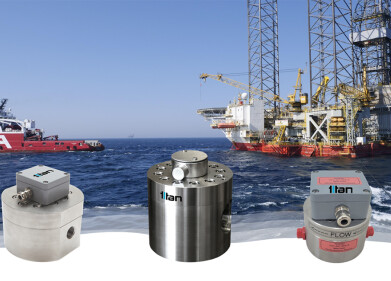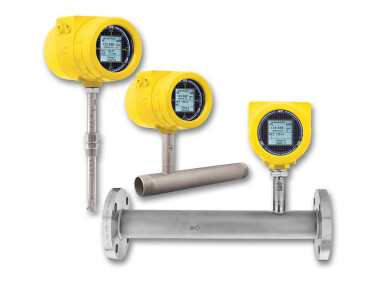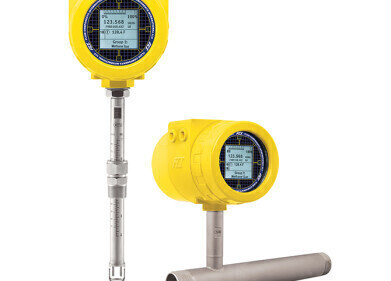Flow level pressure
Density Measurement for PVT Analysis and EOR Studies
Jan 06 2012
PVT analysis is the study of reservoir fluids to examine phase behavior and compositional changes for use in reservoir engineering. PVT analysis monitors changes resulting from decreasing pressure throughout the life of the reservoir. Understanding how PVT affects viscosity and density is the basis for the development of density and hydraulic programs. Down-hole pressure makes the base oil more viscous and dense, whereas temperature has the opposite effect. Therefore, a density measurement under down-hole pressure and down-hole temperature gives an insight into these effects.
Enhanced Oil Recovery (EOR) methods can be divided into different categories. Three types of EOR, namely the miscible displacement (CO2 injection), the chemical flooding and the thermal recovery (hot water/steam injection) use a slim-tube apparatus in the lab for simulating the displacement of the reservoir fluid. The key parameters in the flooding studies are minimum miscibility pressure and minimum miscibility concentration, such as the lowest pressure and quantity of additional components, which is needed to obtain a miscibility of the fluids.
Using the DMA HPM density meter in a slim-tube apparatus for EOR simulations indicates the efficiency of the displacement of crude oil by the injected material, for example, CO2, brine, water, by measuring the density and the economic evaluation of the flooding. The efficiency of the process is evaluated by determining the point at which the two substances are still miscible by following the density trend. Sudden changes in density highlight a decomposition of crude oil and the injected liquid/gas.
The Anton Paar DMA HPM density meter can be integrated either into the PVT testing system or into the slim-tube apparatus for a real-time density measurement. It gives an accuracy of 0.1 kg/cm3 and withstands sample pressure of 1400 bar and sample temperatures up to 200 °C. The robust construction of DMA HPM makes it well-suited for use in this sector. To read out the data, the DMA HPM is connected to the mPDS 5 evaluation unit, which can be mounted in a convenient position next to the other displays. The mPDS 5 evaluation unit shows the results on a large, user-friendly touchscreen. It is self-explanatory to use and provides the option of storing 999 different adjustments.
With its simple integration into a PVT analysis system or slim-tube apparatus, DMA HPM provides accurate and reliable density values for reservoir engineering applications and stands out for its robust design and ease of use.
For more information, see www.anton-paar.com
Digital Edition
PIN 26.1 Feb/Mar 2025
March 2025
Analytical Instrumentation - Elemental Analysis for Quality and Process Control at Refineries, for Lubricants and Wear Metals in Engine Oils - Synthetic Lubricants: New Developments - Scaling...
View all digital editions
Events
Mar 17 2025 Houston, TX, USA
Mar 18 2025 Beijing, China
Mar 19 2025 Manila, Philippines
Mar 20 2025 Brussels, Belgium
Mar 20 2025 Guangzhou, China









.jpg)

.jpg)







